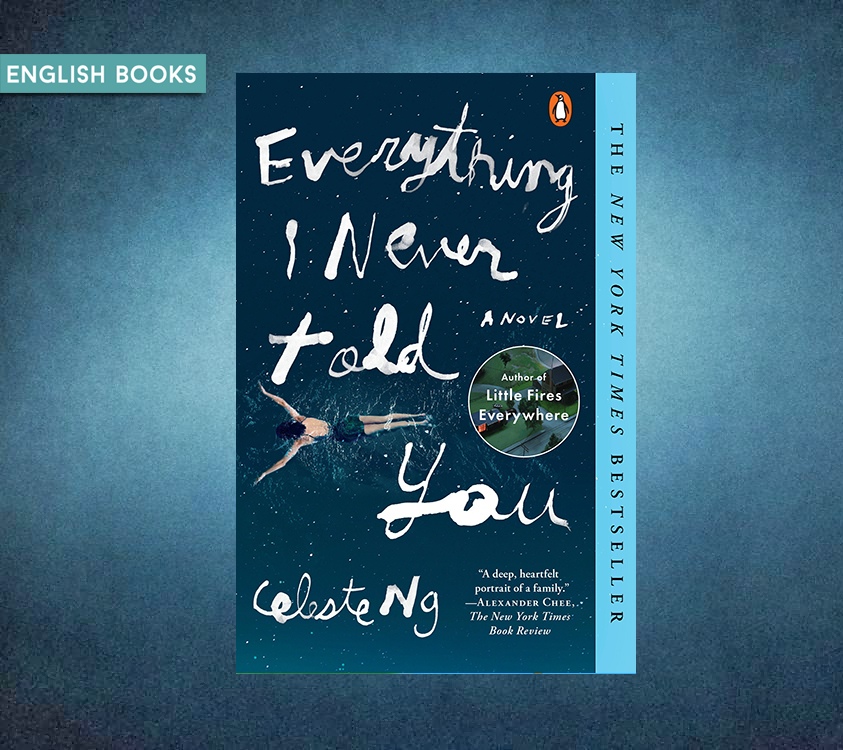
We're aware that there's more than one kind of Asian, for example. I'd like to think that things would be a little bit easier for them. On whether things would be different for the fictional Lee family today t han it was in the '70s and '80s I think as we have more interracial marriage and we become more aware of all these issues, we may start to talk about race in a more complicated way. There are a lot of different ways that people identify.

We're generally talking about it as if it's a binary equation whereas, in fact, there's more than two races and in fact those races blend together. I think in the United States we talk about race as a black and white issue.

On how Asian-Americans fit into the American conversation about race Ng, who is a first-generation Asian-American Midwesterner, also spoke about her own experiences growing up and about the state of the American conversation on race. Lydia's death forces members of the Lee family to confront their individual insecurities and grapple with their identity as a biracial family in the Midwest.īut would it be very different for them today? Ng answered that question for NPR's Arun Rath, host of All Things Considered. This all takes place an era when interracial marriages are only recently legal (the Supreme Court struck down interracial marriage bans in 1967). The incident pulls the family into an emotional vortex and reveals deep cracks in their relationships with each other. It's soon discovered that Lydia has drowned in a nearby lake, in what looks like a suicide.

That's how Celeste Ng's new novel, Everything I Never Told You, begins. But on this day, their middle child Lydia, who is also their favorite, is nowhere to be found. James is Chinese-American and Marilyn is white, and they have three children - two girls and a boy. It's May, 1977, in small-town Ohio, and the Lee family is sitting down at breakfast. Your purchase helps support NPR programming. Close overlay Buy Featured Book Title Everything I Never Told You Author Celeste Ng


 0 kommentar(er)
0 kommentar(er)
